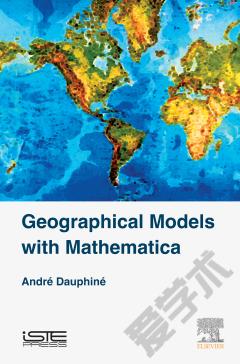Mathematical Geography
IN the greatly awakened interest in the common-school subjects during recent years, geography has received a large share. The establishment of chairs of geography in some of our greatest universities, the giving of college courses in physiography, meteorology, and commerce, and the general extension of geography courses in normal schools, academies, and high schools, may be cited as evidence of this growing appreciation of the importance of the subject. While physiographic processes and resulting land forms occupy a large place in geographical control, the earth in its simple mathematical aspects should be better under stood _than it generally is, and mathematical geography deserves a larger place in the literature of the subject than the few pages generally given to it in our physical geog raphies and elementary astronomies. It is generally conceded that the mathematical portion of geography is the most difficult, the most poorly taught and least understood, and that students require the most help in understanding it. The subject-matter of mathematical geography is scattered about in many works, and no one book treats the subject with any degree of thoroughness, or even makes a pretense at doing so. It is with the view of meeting the need for such a volume that this work has been undertaken.
{{comment.content}}








 京公网安备 11010802027623号
京公网安备 11010802027623号